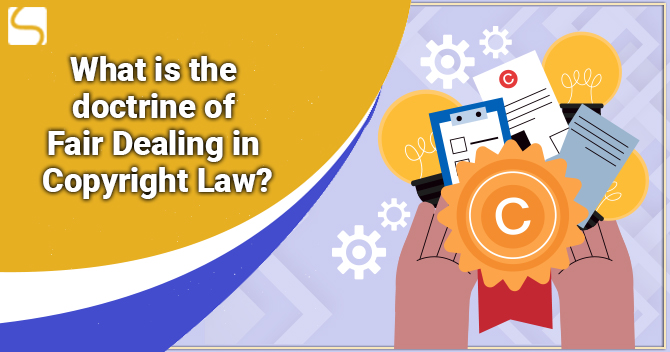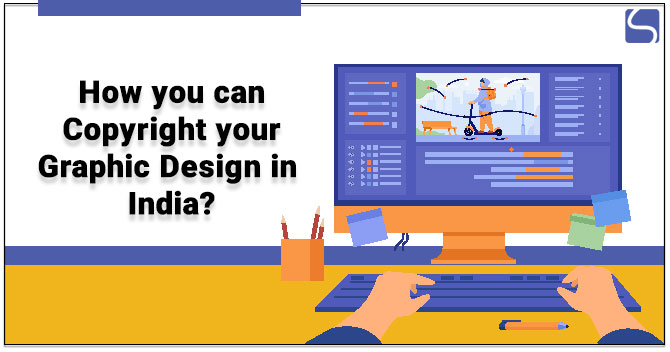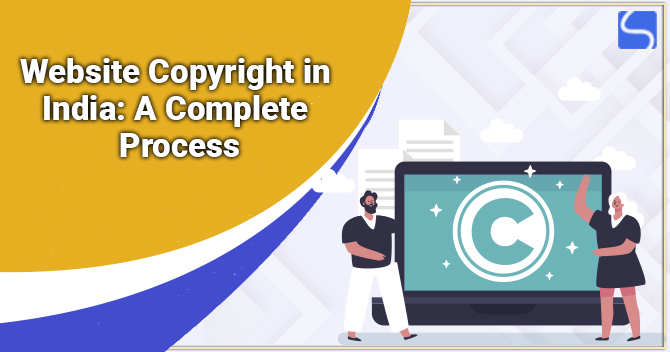What is Copyright Infringement and Remedies in India?
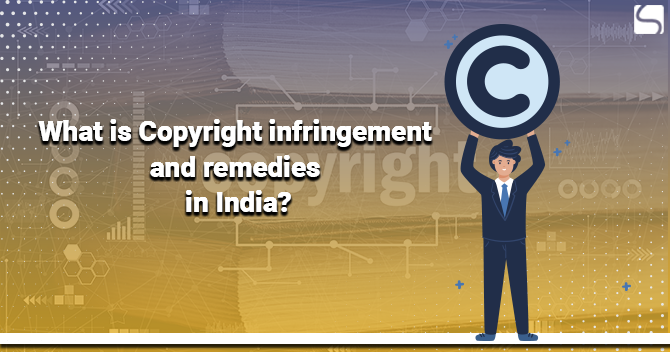
Japsanjam Kaur Wadhera | Updated: Jan 06, 2021 | Category: Copyright
Using any copyrighted work without the permission of the owner results to copyright infringement. Infringement occurs when one person unintentionally or intentionally uses or copies the work of another person without credit. However, there are remedies that are also available to the person who copyrighted work is infringed. This article will talk about what is copyright infringement and remedies in India?
Table of Contents
What are the Rights of a Copyright owner?
A copyright owner has the following rights:
- To perform the work in the public.
- Translate the work.
- Publish the work.
- Broadcasting of the work.
- Make any cinematograph film or a record of the work.
- Make the copies of the work and distribute it.
- Adaptation of the work.
- Prevent and prohibit others from making unauthorized use of the copyrighted work.
- Make derivatives of the work.
The term of copyright in case of dramatic, musical, literary or artistic works is the lifetime of the author plus the 60 years, while in the case of cinematograph films, posthumous publication, records, work of international agencies and government, the term is 60 years from the date of publication. In the case of broadcasting the copyright is for 25 years from the year in which the broadcast was done.
Also, Read: What are the Legal Actions Taken Against Copyright Infringement?
Types of Copyright Infringement
Copyright infringement is of two types:
Primary Infringement
Primary infringement is the actual act of copyright. The knowledge of infringement may or may not be present in case of Primary infringement.
Secondary Infringement
It includes unauthorized dealings like selling the pirated books; importing etc. the knowledge of infringement is present in the case of secondary infringement.
Factors involved in determining Copyright Infringement
Copying
- Casual connection
- Subconscious copying
- Indirect copying
Substantial taking
- Unaltered copying
- The character of plaintiff’s and defendant’s works
- The extent of defendant’s alteration
- Nature of plaintiff’s efforts
- Extent of interference with plaintiff’s exploitation by the defendant’s acts
- The manner in which defendant has taken advantage of plaintiff’s work
- Reproduction by the original author
In order to establish infringement, it is necessary to show that the alleged infringing work closely resembles the original work and the use or copy has been done indirectly or directly of the original work. The question of infringement may be solved by comparing the two works as a whole. It is not a necessary factor of the infringement that the infringer had intention to infringe. But however, some form of copying is required indirectly of directly or even subconsciously.
There shall be no infringement if what a person has taken is only the essential idea of the work, even if it is highly original, provided he has given expression to that idea in his own way.
Occurrence of Copyright Infringement
The copyright infringement occurs when: –
- Copies of the copyrighted work are made for sale or hire without permission or authority. For example in the case of online piracy.
- A work that is copyrighted is performed in public place.
- The copies of infringed work are distributed for the purpose of trade and personal gains.
- The infringed copies are made to a public exhibition by way of trade prejudicial to the owner.
- The infringed copies are imported from other countries to India.
Acts that does not amount to Copyright Infringement
There are certain acts which do not amounts to copyright infringement. However, certain conditions are required to be fulfilled to ensure that copyright infringement has not occurred. Such conditions include the use of copyrighted work for study, review, news reporting, and research, used in library, schools and legislations, criticism.
Using copyrighted work for such purposes is permitted without the need to obtain the authorization or permission of the copyright owner.
Acts that do not amount to copyright infringement in India are:
- Fair use – a necessary defence against the copyright infringement, defined under the section 53 of the Copyright Act. The burden of use to proof copyright infringement has been occurred is on the owner.
- Connected judicial proceedings.
- Performance by society or amateur club, if such performance is in front of a non- paying audience.
- Making sound recordings of dramatic, musical work, literary work under certain conditions.
What are the actions against Copyright Infringement?
The important requirements to take an action against the copyright infringement are:
- The proof of the ownership of copyright.
- Substantial similarity between the infringed work and the original work.
- Copying amounts to the improper appropriation.
The first thing that is required to be done is to send a legal notice for copyright infringement to the person or the entity who committed copyright violation or infringement. In the matter of online copyright infringement, a takedown notice may be sent to the infringer.
A copyright owner can take several actions against the copyright infringement under the civil and criminal laws.
Civil Remedies for Copyright Infringement
Section 55 of the Copyright Act, 1957 covers the civil remedies for the copyright infringement. The different civil remedies available are:
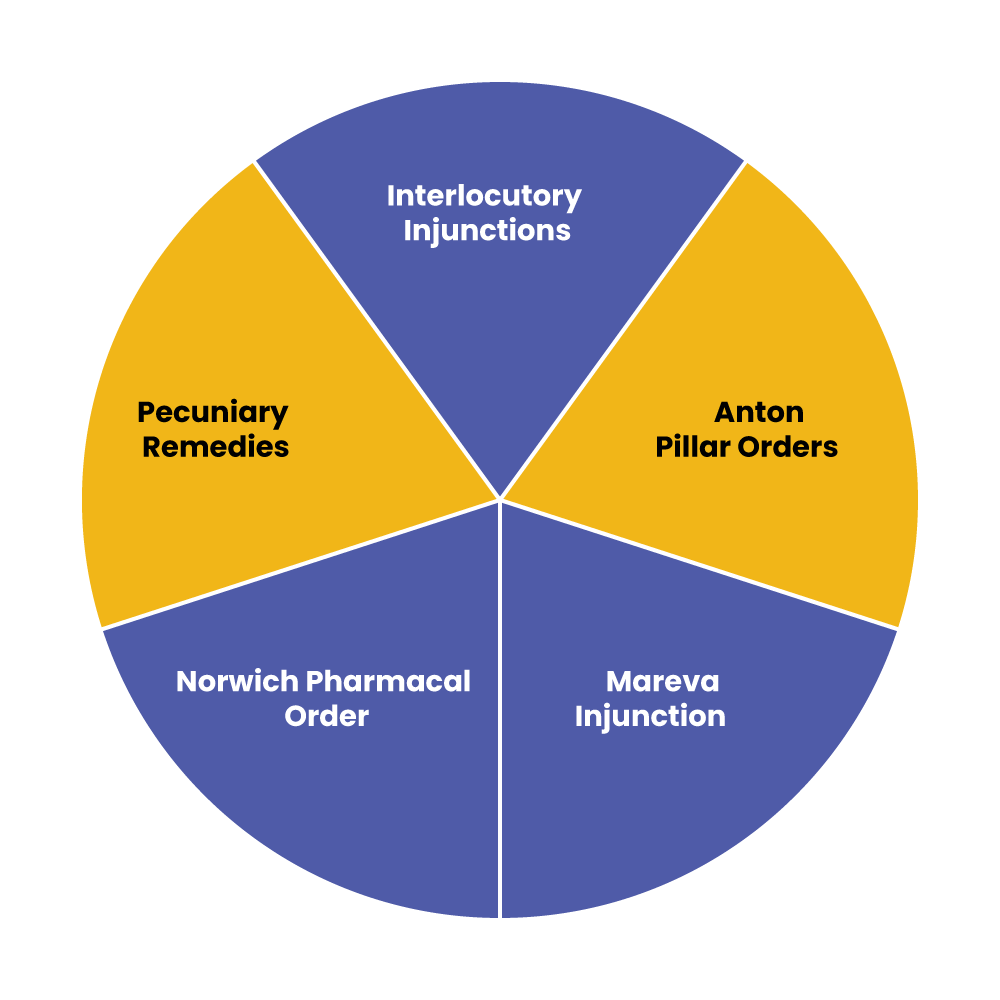
Interlocutory Injunctions
The most important remedy for copyright infringement is the grant of an interlocutory injunction. In many cases, the application filed is for interlocutory relief and the matter rarely goes to the other stage beyond this relief. Three requirements are to be fulfilled for the grant of the interlocutory injunction: –
- A prima facie case.
- A balance of convenience.
- Irreparable injury.
Pecuniary Remedies
The owner of the copyrighted work can also seek pecuniary remedies under the Section 55 and 58 of the copyright act.
- An account of profits which allows the owner to seek the sum of money made equal to the profit made through unlawful conduct.
- Compensatory damages which allow the owner to seek damaged that he suffered due to the infringement.
- Conversion damages which are assessed according to the value of the article.
Anton Pillar Orders
This sort of remedy gets its name from the holding in Anton Pillar AG V. Manufacturing Processes. The following elements are present in the Anton Pillar order:
- An injunction restricting the defendant from infringing or destroying goods.
- An order allowing the plaintiff’s advocate to search the defendant’s premises and take goods in their safe custody.
- An order that the defendant be directed to disclose the names and addresses of suppliers and consumers.
Mareva Injunction
This sort of relief comes into play when the court believes that the defendant is trying to obstruct or delay the execution of any decree passed against him. The court has the power to direct him to place whole or any part of his property under the disposal as may be sufficient to satisfy the decree.
This is provided in Order XXXVIII, Rule 5 of the Civil Procedure Code, 1908.
Norwich Pharmacal Order
The Norwich Pharmacal Order is usually passed when information needed is to be discovered from a third party.
Criminal Remedies
The Criminal Remedy under the copyright act for copyright infringement is as follows:
- Imprisonment up to 3 years but not less than 6 months and or fine which may not be less than 50,000 but may extent up to 2 lakh.
- Search and seizure of infringed goods.
- Delivery of infringed goods to the copyright owner.
Conclusion
The process of copyright registration, copyright infringement and remedies in India are specified under the provisions of Indian Copyright Act, 1957. The unlawful use or copying of the copyrighted work would amount to infringement and shall be punishable under the civil and criminal remedies as specified above.
Also, Read: What are the Vital Documents Required for Copyright Registration?












